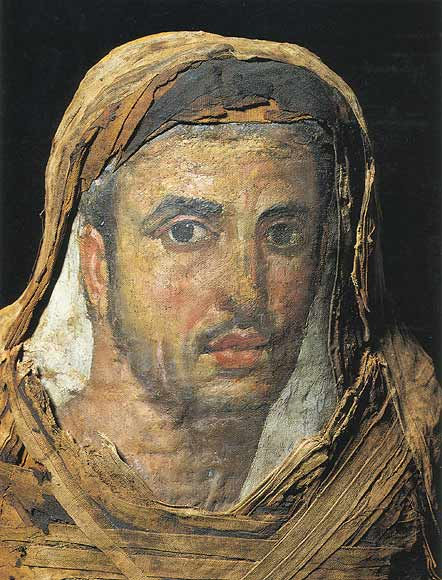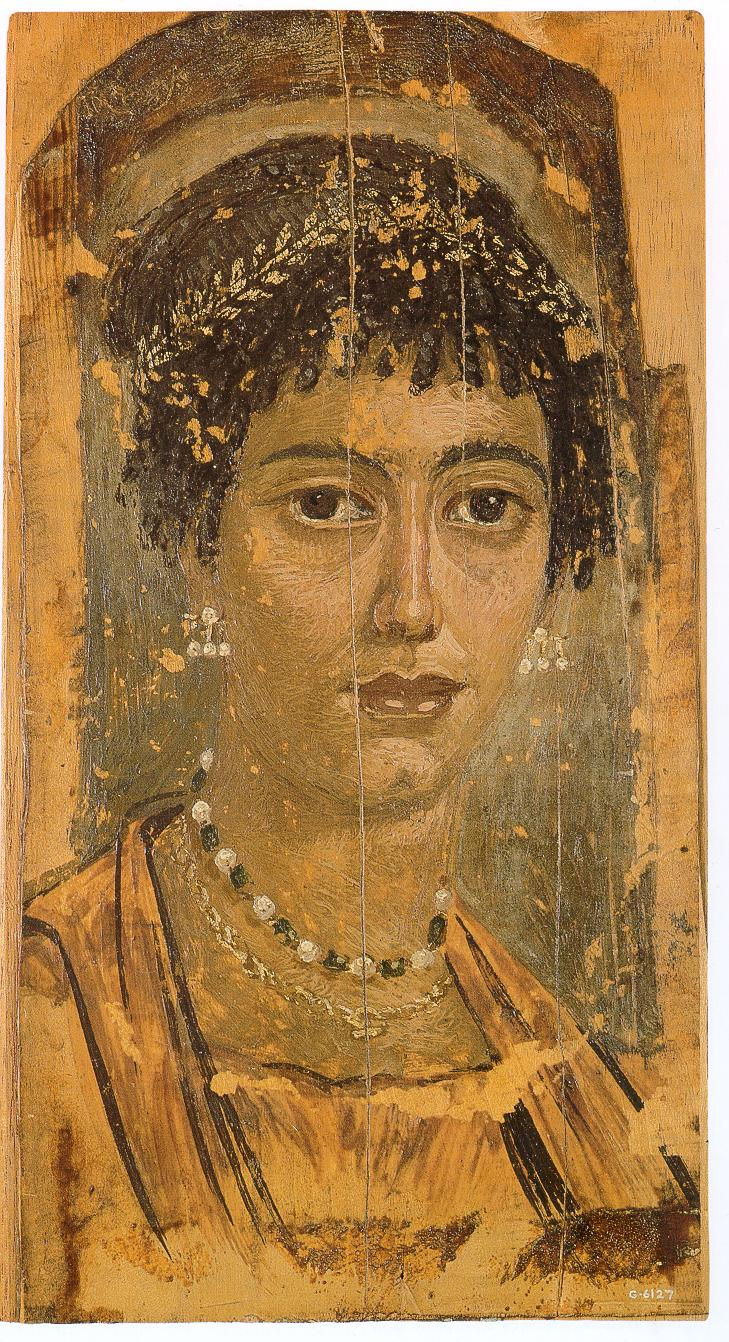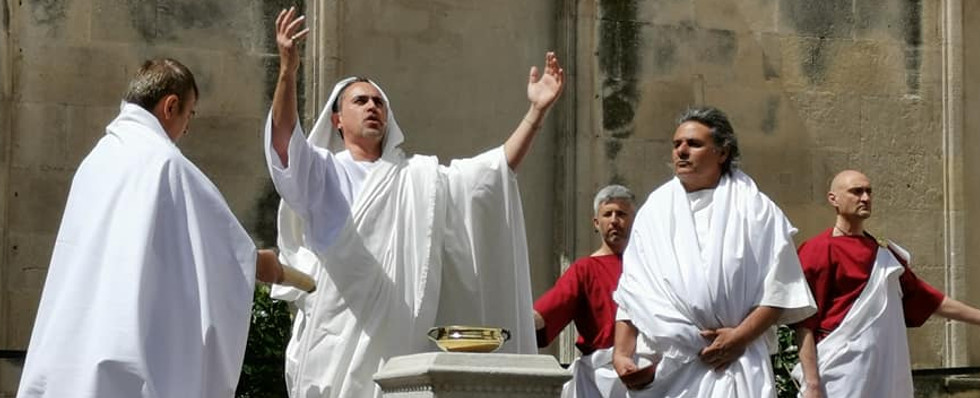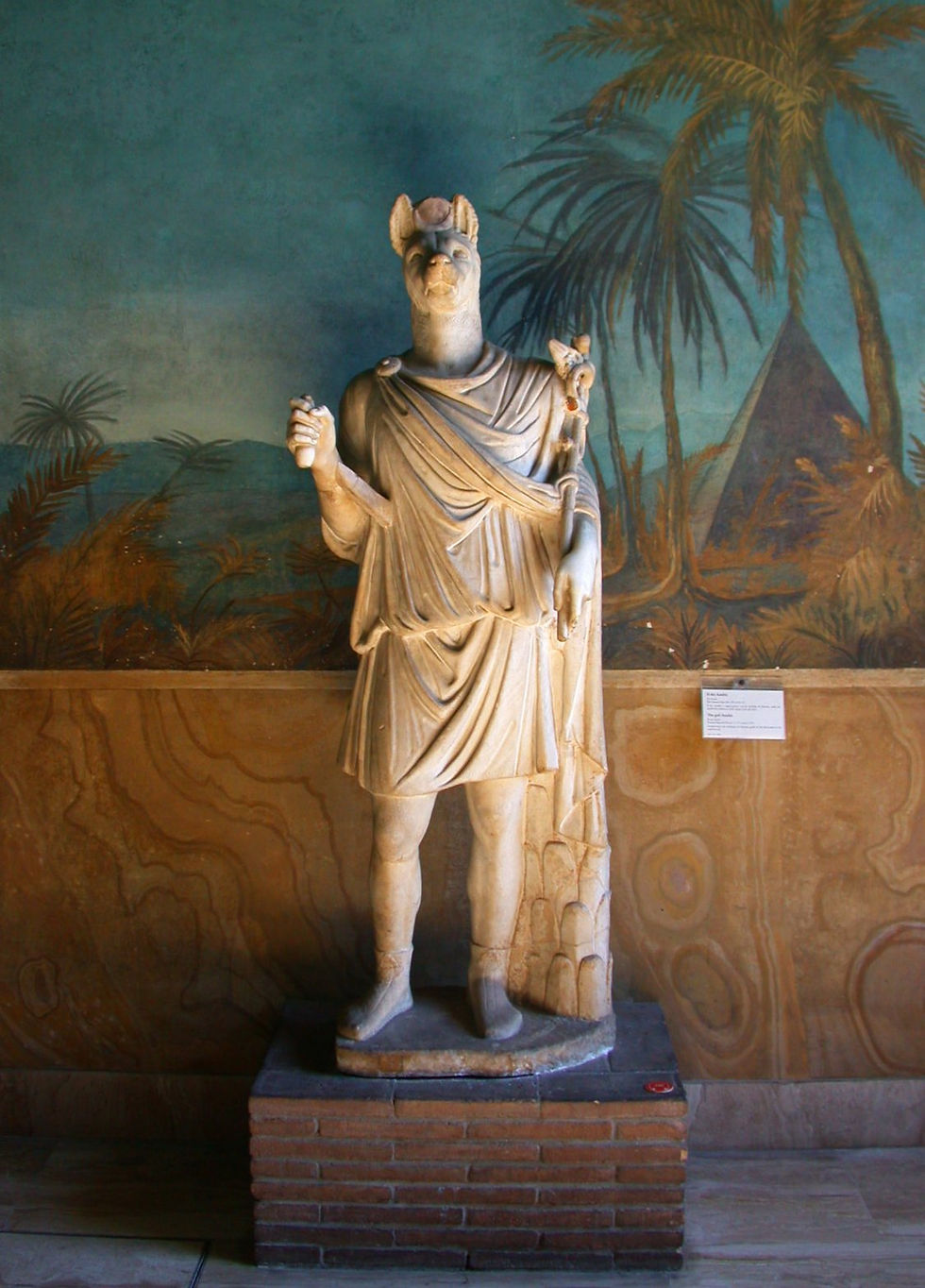The Fayum portraits
- associationenarro
- Aug 8
- 1 min read
The "Fayum portraits" are a collection of funerary paintings dating back to Roman Egypt from the 1st to 4th centuries AD, representing the final evolution of the traditional sarcophagi and funerary masks of ancient Egypt. These portraits are the oldest ever discovered. They were painted on wooden panels (linden, cedar, cypress, sycamore fig, fir, or pine) or on linen canvases, using only four colors: black, red, and two ochres.

Created during the subject's lifetime, the deceased is represented in a bust with their face turned forward. Upon the subject's death, these portraits were slipped into the bandages over the mummy's face or, more rarely, placed next to it.
The first mention of the existence of these portraits is found in the account of Pietro Della Valle, a seventeenth-century Italian traveler (Viaggio in Levante, 1650), who described them as "the most beautiful thing in the world." It was not until 1888 that an English archaeologist named W. M. Flinders Petrie discovered in Arsinoe, a city in Fayum, its Roman cemetery containing several examples of these painted portraits.

These portraits constitute unique visual representations of the populations of this region and shed light on the profound transformations that took place within the Roman Empire during the first centuries of our era.




Comments